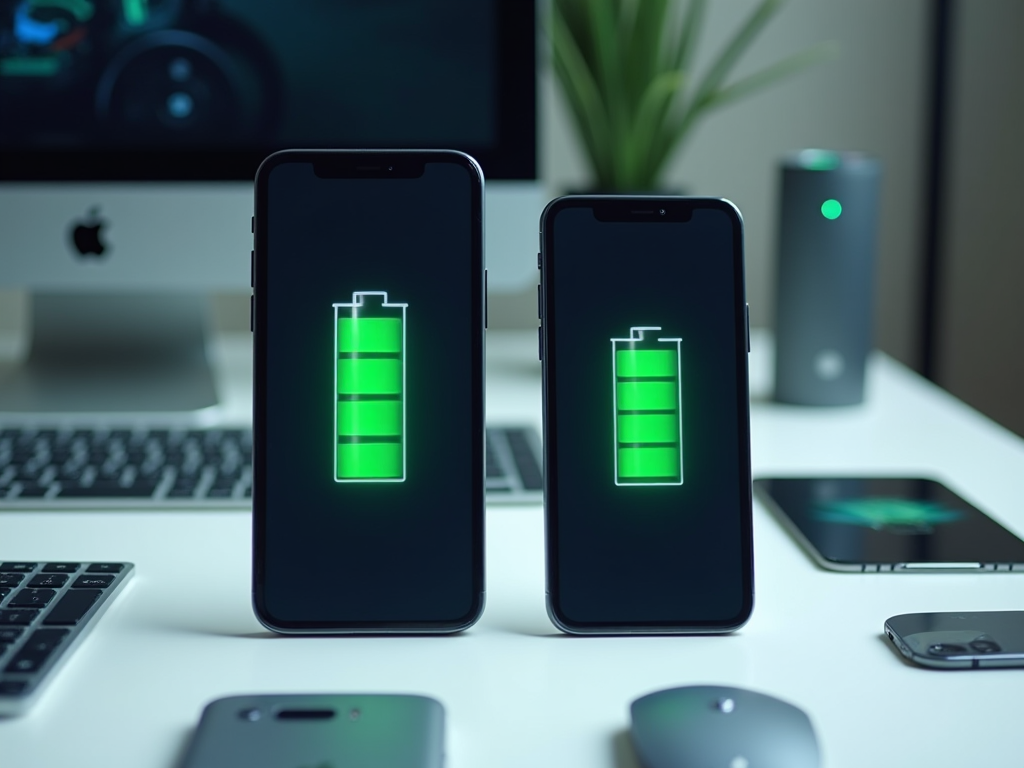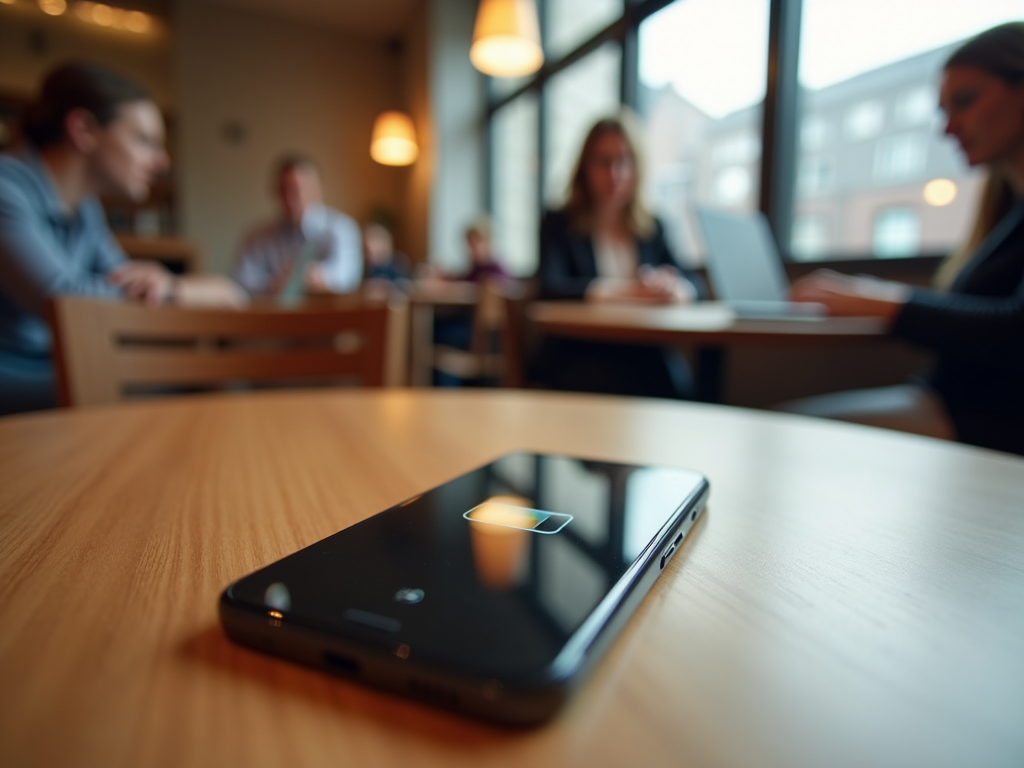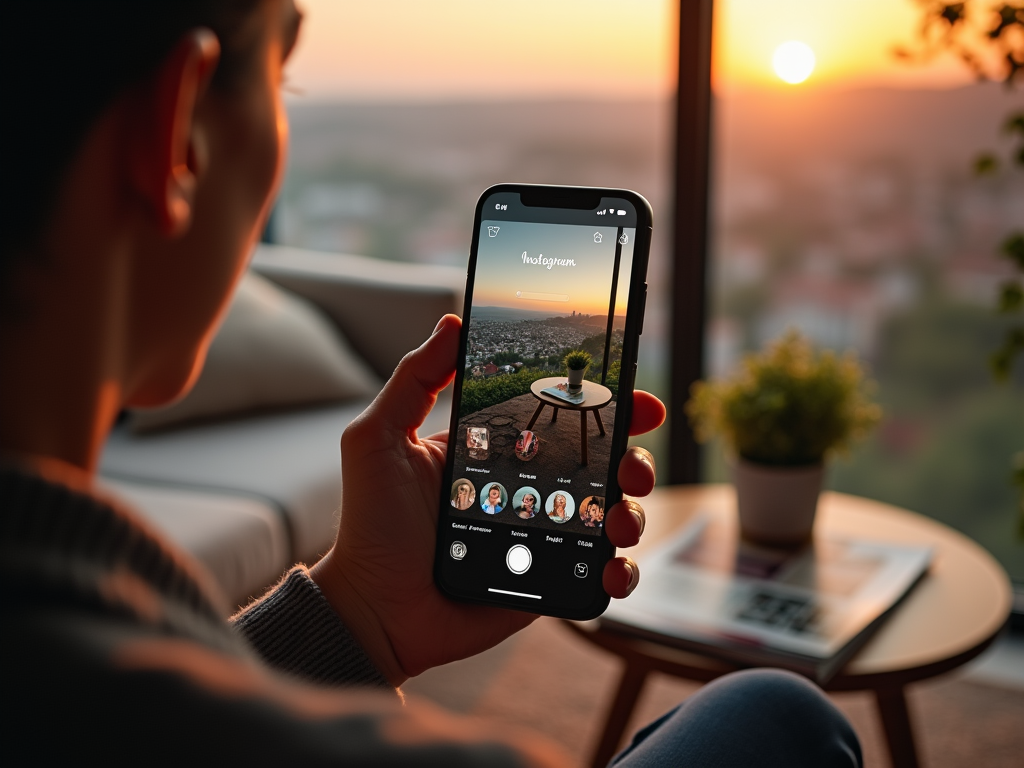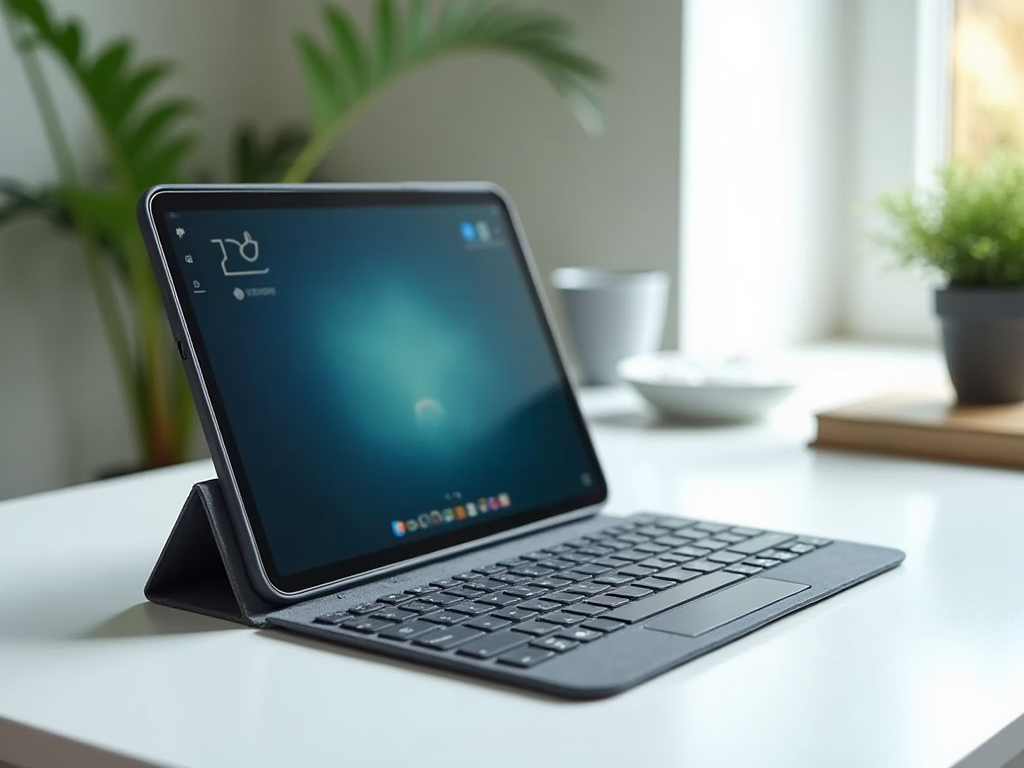In a world increasingly reliant on high-functioning electronics, Apple’s products have become synonymous with quality and user experience. However, beneath the glossy surfaces of the iPhones and iPads lies an undeniable limitation that impacts users daily: small batteries and slow charging solutions. As the landscape of mobile technology continues to evolve, it raises the question of whether Apple is keeping pace or simply resting on its laurels. Users often find themselves tethered to charging cables more frequently than they’d like, leading to frustration and a diminished experience overall. Furthermore, in comparison to competitors who prioritize larger battery sizes and faster charging, Apple’s offerings can appear to be lacking. This article aims to dissect these concerns, highlighting the importance of holding Apple accountable for its battery technology.
The Evolution of Battery Technology

Understanding Apple’s approach to battery design requires us to consider the broader evolution of battery technology. Throughout the last decade, advancements have transformed the industry, enabling smartphones to boast larger capacities and faster charging times. However, despite these changes, Apple seems to lag behind, caught in a cycle of design choices that prioritizes aesthetics over performance. It’s crucial to examine how competitors have pushed the envelope and the impact this has on consumer expectations. While sleek designs attract attention, functionality remains paramount. The demand for better battery performance is at an all-time high, and it’s time for Apple to respond.
Historical Context
Looking back at the last few years, we can identify pivotal moments in battery technology. Early smartphones had mediocre battery life, but over time, manufacturers began to address these concerns by integrating larger batteries and rapid charging technologies. A transformation occurred when brands prioritized user feedback in their design processes, ultimately leading to more robust devices. Yet, Apple has maintained a consistent approach that seems resistant to this evolution. As a result, many users find themselves questioning the reliability of their devices. This historical perspective highlights the need for a shift in Apple’s battery design philosophy.
Competitors’ Advances
Companies like Samsung and OnePlus have made substantial strides, reflecting user demands for enhanced battery capacities and quick charging options. Samsung, for instance, has incorporated larger batteries into their flagship devices, often exceeding 4,000 mAh. OnePlus has made headlines with their Warp Charge technology, which significantly reduces charging times. This begs the question: why doesn’t Apple follow suit? The gap between competitors and Apple is widening, and the pressure is mounting on Apple to step up its game. Consumers have choices, and as competitors deliver better battery performance, Apple risks losing its loyal customer base if it doesn’t innovate.

Apple’s design philosophy is often hailed for its elegance and simplicity. However, this philosophy comes at a cost when it comes to battery life and charging efficiency. For users, this limitation manifests in several frustrating ways, including “battery anxiety”—the constant fear of running out of power during critical moments. They find themselves charging devices multiple times a day and anxiously monitoring battery percentages more than ever before. This concern is exacerbated by the demanding nature of applications that require substantial power. Users crave the freedom to engage with their devices without the constant worry of recharging them.
Impact on Daily Usage
The impact of Apple’s battery choices reaches beyond mere inconvenience. Daily usage is significantly affected, as users find themselves constantly strategizing when to charge their devices. Whether it’s during a commute, at a café, or even at work, the need for a charge often dictates behavior. As a result, social interactions and productivity can take a hit. Many people would prefer to focus on their tasks without having to manage charging schedules. In today’s fast-paced society, this becomes a substantial drawback, affecting work-life balance and personal enjoyment.
The Charging Dilemma
Apple’s commitment to slow charging has become a sticking point for many users. While the company does offer various cables and accessories, the actual charging speeds tend not to meet the expectations of the modern consumer. Users often find themselves frustrated while waiting for their devices to charge, especially when compared to charging technologies found in competitor products. The reliance on a charging cable becomes a chore rather than a convenience. Users yearn for alternatives that can provide a quicker turnaround, sparking a demand for improvement in this area.
| Brand | Battery Capacity | Charging Speed |
|---|---|---|
| Apple | Approx. 3,000 – 3,200 mAh | 20W (up to 50% in 30 mins) |
| Samsung | Approx. 4,000 – 5,000 mAh | 25W (up to 50% in 30 mins) |
| OnePlus | Approx. 4,500 – 4,800 mAh | 65W (up to 100% in 30 mins) |
Misleading Marketing: A Closer Look
Despite these limitations, Apple’s marketing often paints a rosy picture of its battery life and capabilities. The rhetoric surrounding “all-day battery life” can feel disingenuous to many users who find themselves scrambling for a charge before day’s end. The contrast between marketing promises and actual performance has led to a growing discontent among Apple loyalists. Customers have a right to expect transparency from the brand they invest in, especially concerning essential features such as battery performance. Users who feel misled may find themselves questioning their loyalty. Consequently, Apple must acknowledge its shortcomings and commit to higher standards in its marketing strategies.
As users navigate through their day-to-day tasks, the difference between what is advertised and what is delivered becomes stark. The promise of enduring battery life stands against the reality of frequently needing to charge devices. This discrepancy has fueled dissatisfaction and left users feeling undervalued. In an age where reliability is non-negotiable, customers are beginning to reevaluate their choices. Ultimately, the disconnect between hype and reality needs addressing if Apple hopes to sustain its user base. Transparency should not be a secondary concern but a fundamental aspect of Apple’s approach to marketing.
The Risks of Complacency
Accepting small batteries and slow charging as a norm sets a concerning precedent in the tech landscape. There’s a genuine risk that this complacency will hinder innovation and development, leading to stagnation. When industry leaders fail to act, continuous improvements that benefit users can easily slip through the cracks. In the fast-paced tech world, where consumers have diverse options, refusing to evolve can leave a company vulnerable. Users deserve devices that grow alongside their needs—devices that enhance life rather than complicate it. Therefore, Apple must learn to prioritize innovation in battery technology.
Conclusion
The demand for improved battery technology is louder than ever, and Apple’s small batteries and slow charging solutions cannot go unchallenged. As competitors raise the bar, it’s imperative for Apple to address these concerns and adapt to an evolving user landscape. The responsibility lies not only with consumers to voice their frustration but also with Apple to listen and respond. In a competitive market, the hearts and minds of consumers must be earned through quality and performance. It’s time for Apple to match its products with the expectations of today’s tech-savvy users. As we move forward, a commitment to innovation will be essential for maintaining relevance and user satisfaction.
Frequently Asked Questions
- Why does Apple use smaller batteries?
Apple prioritizes design and aesthetics, often sacrificing battery size for a sleeker look. - Is Apple’s slow charging a significant issue?
Yes, many users report frustration with slow charging speeds, particularly given the fast pace of modern life. - What alternatives exist for charging Apple devices?
Users can explore third-party fast chargers or portable battery packs that can help mitigate slow charging times. - How does Apple’s battery performance compare to competitors?
Competitors often offer larger batteries and faster charging solutions, making them more appealing to some consumers. - What can consumers do if they are unhappy with battery performance?
Engaging in discussions on forums, providing feedback to Apple, or exploring alternative smartphone options are ways consumers can voice their concerns.



